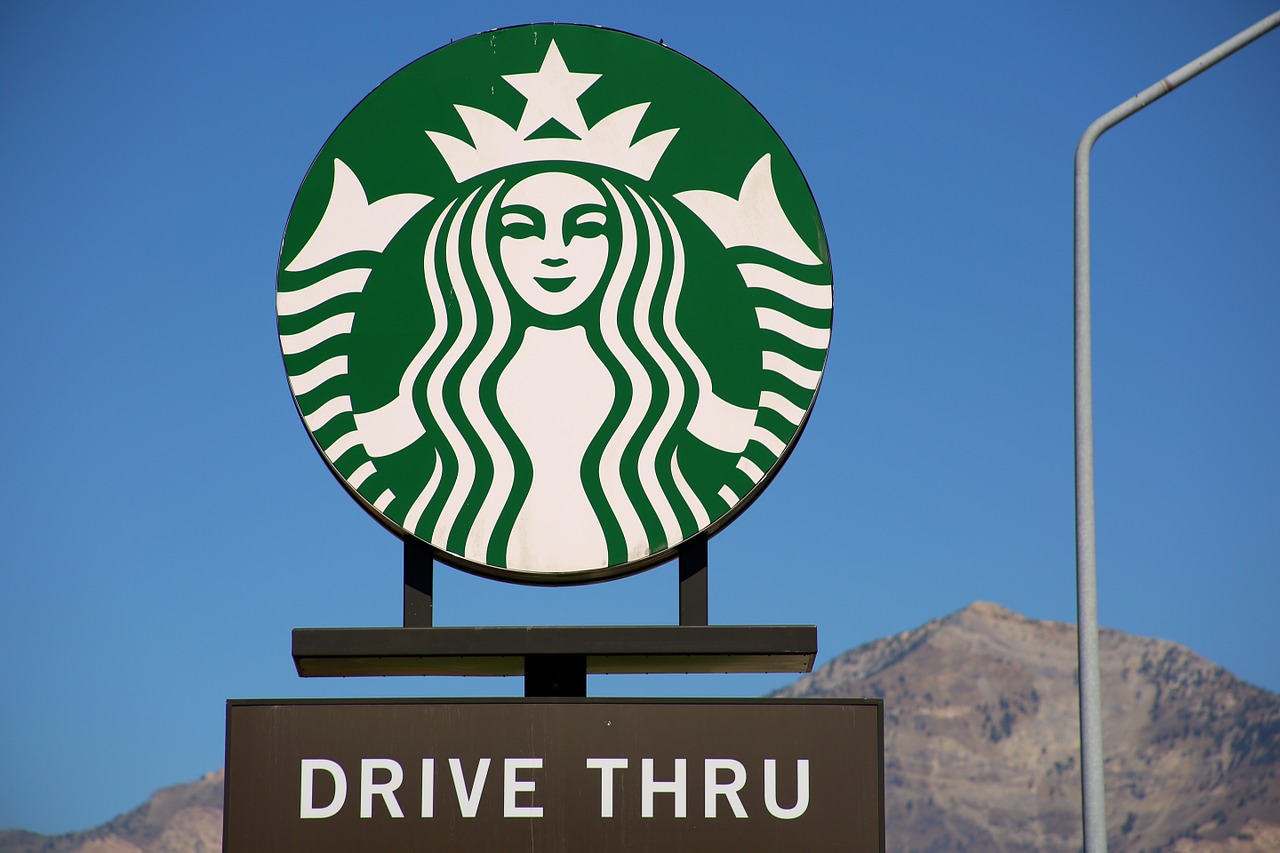What’s in a Name? (The Trend of De-branding)
What’s in a brand name? Is that how customers recognize a brand, by its name? Or do they associate a brand more with its logo, the visual representation of the company’s identity? Earlier this summer, MasterCard unveiled its new logo, without the company name, becoming the latest company, along with Starbucks, Target and Apple among countless others, to adopt this “de-branding” trend. What does de-branding mean?
De-branding
As Juliet once said in Shakespeare’s classic Romeo and Juliet, “What’s in a name? That which we call a rose / By any other name will still smell as sweet” (II,ii,1-2). But what if there is no name, at least not one that consumers can see? De-branding involves removing the company name from a logo. Why would a company want to take this bold step? How can that be a benefit? According to Jill J. Avery, a senior lecturer at Harvard Business School, “Researchers have demonstrated that the use of visual imagery (vs. verbal imagery) in advertising increases consumers’ attention and challenges them to interpret and understand the ad’s message in a more active manner than words do. This process of interpretation or ‘elaboration’ produces a higher quantity of mental images and, in many cases, a more personalized understanding of the ad’s message.”
De-branding is not removing the company from the consumer spotlight, but rather creating an opportunity to reach a broader audience through the content and experience it creates instead of depending on the brand’s name. People are more attracted to imagery and emotion than they are to brand names in the content they see. After all, it’s the visuals of an ad that make it effective. De-branding forces a brand to think beyond its name and focus on the message it is delivering to customers.
Expanding your brand’s options
Another reason for de-branding is the expansion of a company. Customers associate a name with products. Coke is a soda. McDonald’s is a fast-food restaurant. Shell is a gas station. What if they want to be more than that? Or expand into other countries? De-branding can help a company step into other ventures beyond its core products, current industry or geography. In ditching the brand name, it also minimizes associated preconceived notions or avoids entering a new market with a logo in a foreign language.
Changing your Brand
In one of my previous blogs, I mention how brands need change to keep up with the evolving demands of their consumers. De-branding is a perfect example. Should all companies do this? Absolutely not. A brand that is still establishing itself should not de-brand its logo because it still needs to earn credibility and recognition. A well-established brand seeking to venture out of its core market, however, can benefit from this type of strategic refresh.
Does your company name matter? Yes. But it’s your visuals – your logo, messaging, content, etc. – along with the experience with your brand that consumers remember most. De-branding can give a company the freedom to work on other ventures without losing brand recognition. So if you can, and if you have assessed the risks and opportunities, then de-brand to take your company to the next level.
How has your perception or experience changed with a “de-branded” brand? Do you think that de-branding is an effective strategy for established brands? Please share your comments.




Leave a comment:
You must be logged in to post a comment.